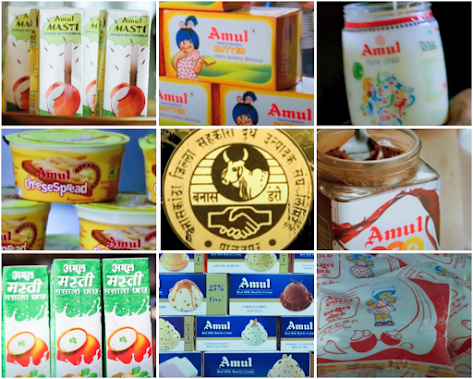Saffron
Saffron is that the red stigma of the Crocus sativus widely known as ' Kesar' and ' Zafran'. Each crocus has three small stigmas that need to be picked carefully by hand. This minuscule harvest means that the quantity you get from each flower is roughly 0.006 grams. No machine can do the hard and skilled work required to collect these thin threads and it can take up to 2 days of hard labor work to get just 1 kilogram of high-quality saffron. Saffron is employed as a spice, coloring food items, and flavoring agent. Saffron is additionally used as a fragrance in perfume and as a dye for cloth. Saffron has various health benefits because it is employed by women for menstrual cramps and syndrome. Men use it to stop early orgasm (premature ejaculation) and infertility.
Good quality saffron can cost you over $10,000 per kilogram, about 150 to 170 flowers are required to create just 1 gram of saffron. Saffron cultivation requires plenty of handwork from sowing to harvest. The stigma is the female part of the flower, farmers have to separate the stigma and dry that, and for all of these processes, they need handwork and labor. Farmers favor harvesting the flowers by hand because they don't want to damage or break any single part of the plants.
Quality is the most important thing when growing such a precious crop and also the taste and aroma of the saffron depends on the rainfall, temperature, and soil. Saffron is preferably harvested in the early morning because the higher relative humidity in the air can affect the saffron quality. The daylight may break the chemical structure in the saffron. These purple flowers bloom over a six-week period from late September to early December.

Iran is the world's largest producer of saffron as 90% of the world's saffron is grown in arid fields in Iran. So the question arises, Why is Iran the main producer of saffron? due to its weather conditions and climate which is extremely suited to saffron and also the workers are easily available at rock bottom prices, In some parts, it's like slavery. In Iran, there are four grades of saffron. The lowest grade is the entire strand that is picked from the flower. In higher grade, the yellow strand is removed leaving only a protracted strand of pure red. This means a kilo of saffron may be made up of 4,50,000 strands, you need 1,50,000 flowers and those flowers take up plenty of growing space. Saffron is also grown in Morocco, Spain, Italy, Netherlands, Afghanistan, India, and even the United States. In India, Kashmir is famed for producing a number of best quality saffron within the world's highest quality saffron. Altogether in Kashmir, red soil is usually found. The red soil is naturally fertilized for saffron. The lands of other areas produce other forms of soil that need quite a lot of hard work. Growers must put things like compost, manures, etc. within the soil for better yield.
Picrocronin, Crocin, and safranal are the three main components or components or compounds which are responsible for the taste, color, and smell of saffron quality. When anybody talks about the saffron quality they are technically talking about these three.
In Kashmir production has dropped extremely due to abnormal weather conditions. There's been little rainfall within a couple of years and also the temperature and climate completely changed. Between 2017-18 saffron production within the Kashmir region fell almost 70% from 16.8 metric tones right down to 5.2 metric tones. This climate change also accelerates the costs of saffron in the Indian Market.







Comments
Post a Comment